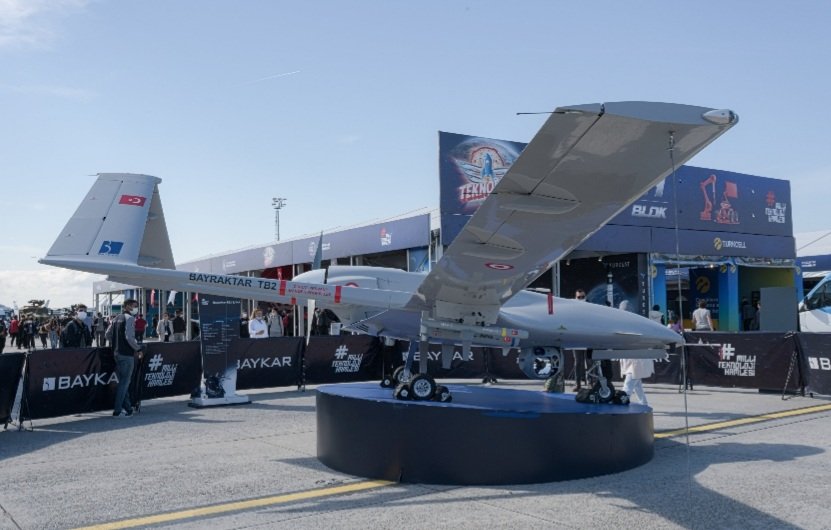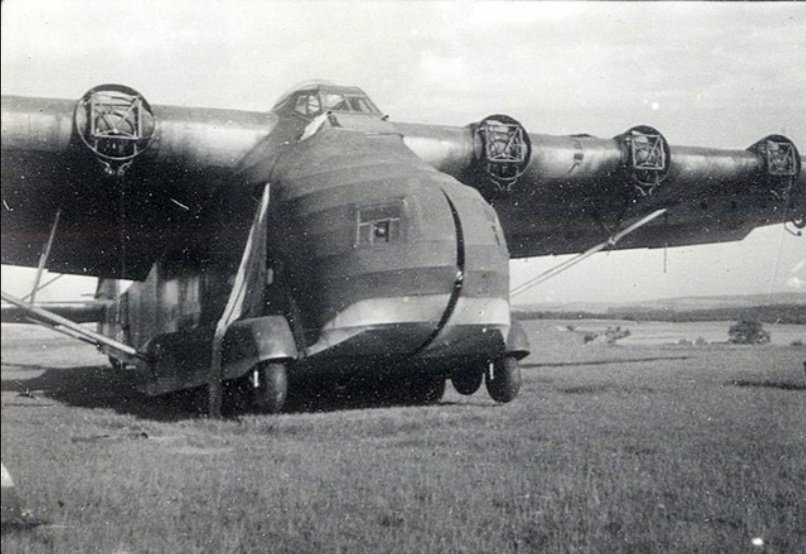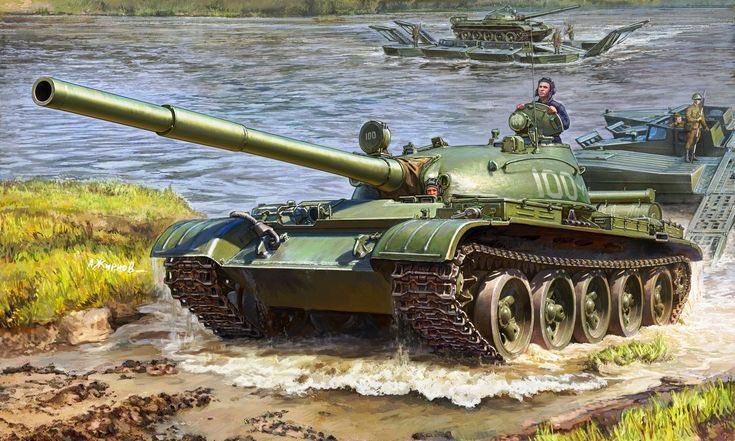
- Warriors of History -
The French Musketeer of the Guard 🧵
Technically, all soldiers armed with muskets were musketeers. But the ones who wore the designation as a badge of honor were the personal household guards of French King Louis XIII (1/8) #svagaiature @LandsknechtPike
The French Musketeer of the Guard 🧵
Technically, all soldiers armed with muskets were musketeers. But the ones who wore the designation as a badge of honor were the personal household guards of French King Louis XIII (1/8) #svagaiature @LandsknechtPike

The musketeers of Louis XIII were soldiers who served as a combination of secret service and special forces. Their main duty was to protect the king and his family in a time of frequent plots and conspiracies (2/8) 

The Musketeers fought in battle both on foot and on horseback making them an extremely fast and manoeuvrable elite unit on the battlefield, perfect for every situation even the most unexpected battle development (3/8) 

Shortly after the Musketeers were established in 1622, a second company was founded to report to Cardinal Richelieu as his personal bodyguard (4/8) 

In 1664, the two companies were reorganized: one company took the name "Grey Musketeers" (mousquetaires gris) from the color of their matched horses, while the second were called "Black Musketeers" (mousquetaires noirs), mounted on black horses (5/8)
The standard equipment of a Musketeer of the Guard consisted in a Rapier and Main Gauche, a sword-and-dagger combination, designed to stab and thrust; a Wheellock Pistol, a smoothbore, single shot handgun and a Flintlock Musket, a muzzle-loaded, smoothbore gun (6/8) 

Under their signature hat and cape French Musketeers wore a steel cuirass which effectively protected their torso, leaving the other parts of the body unprotected but gaining in mobility and speed compared to a plate armor (7/8) 

In 1776, the Musketeers were disbanded by Louis XVI for budgetary reasons. Reformed in 1789, they were disbanded again shortly after the French Revolution. They were reformed on 6 July 1814 and definitively disbanded on 1 January 1816 (8/8) 

• • •
Missing some Tweet in this thread? You can try to
force a refresh

















